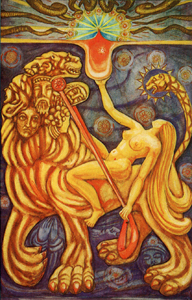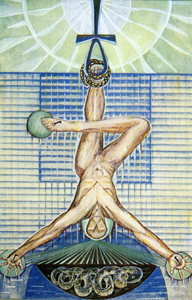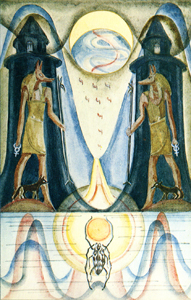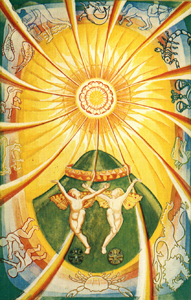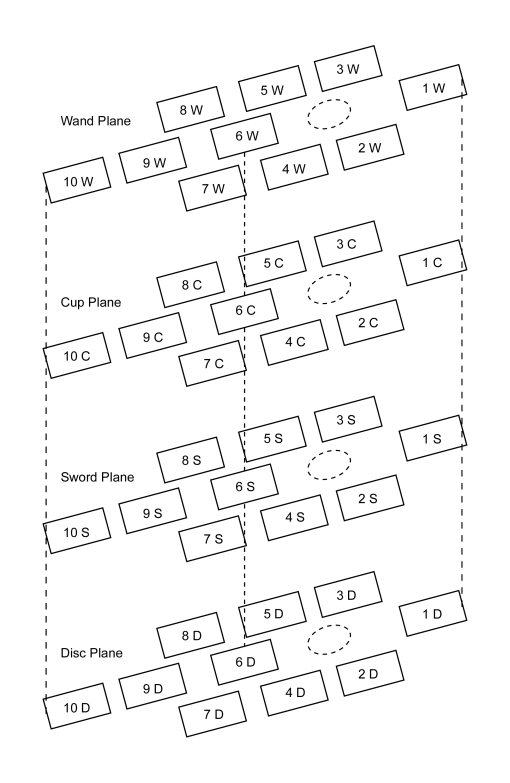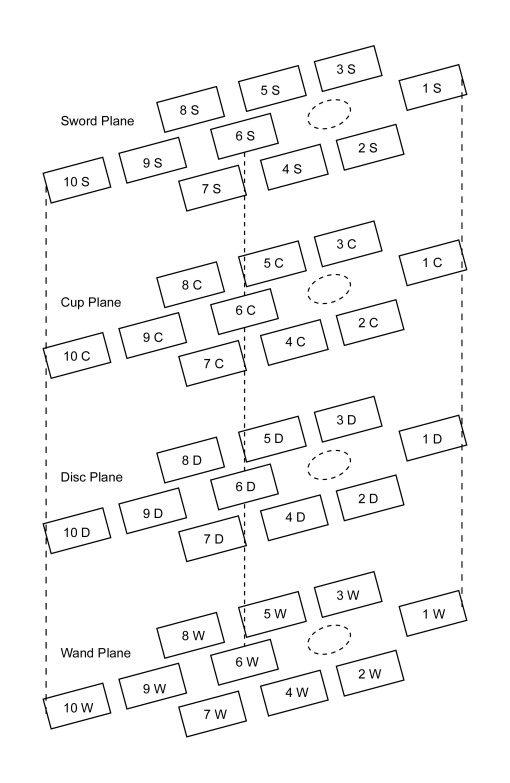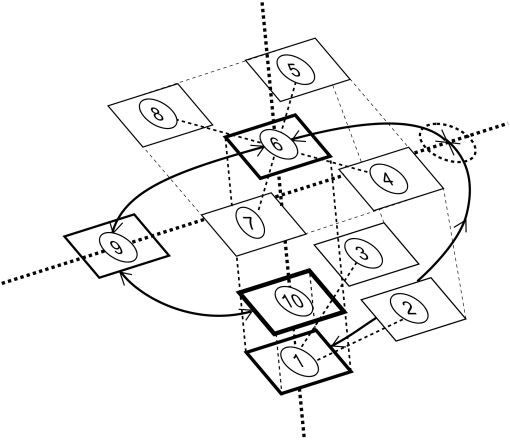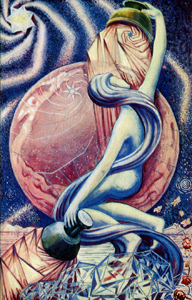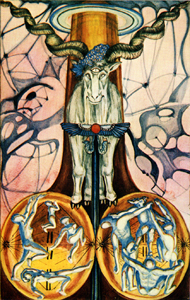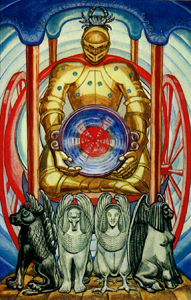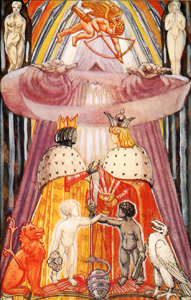
So what is up with the Mask around the Head of the Candidate? Is this not just some freemasonic ritual?
The lesson is that the student has been blinded throughout his/her life. The method is to actually ‘hoodwink’ the candidate, and then loose the blindfold at the climax of the ritual, implying that the candidate will now “see real” or “see more than what was previously perceived”.
Hoodwinking is a reference to blinding, with an aside to fooling. You are blinded by the Ordinary Sensory Data. One is fooled into believing that the Ordinary Process of Sensory Perception is the regular process, and that anything aberrant to that is unordinary and therefore suspect.
“What I see” and “what I hear” and “what I feel” must have reference to What I Experience. If that is not the very basis of What I Experience, then what is this that I Experience? There is This Body Reference. So what do you refer to, without This Body Reference?
Your Surrounding Environment is a Comprehensive Hoodwinking. You are surrounded by Sensory Impressions. That is all that you are provided. It is very tempting to think that This Is Real. It is very tempting because That Is All You Experience. As long as you rely upon Sensory Experience, this is all that will be provided. Thus that is the only way you can define anything. That process of Defining is the very fabric of The Hoodwink — How You Describe Things.
But The Hoodwink is even more sublime. How You Describe is very much based upon Underlying Assumptions. These processes involve mental architecture that is Pattern Resident, due to Habitual Impressing. We call it “convincing yourself”. It is forceful imprinting, which has an affectation upon the Surrounding Patterning Confluence.
Affectation of Surrounding Patterning, confluenced by Willful Attitude, is possible.
This process can also be affected Not By Will, yet only by A Process Of Happening – where Desire is ‘guided’ without Will. It involves The Imagination. There is still that property of Surrounding Patterning — but now the delusion is truly self-defeating. Even within the Sensory Panorama, it becomes important that This Thing “must” appear this way or that way. Now invoke Imagination, which does not determine ‘reality’ based on actual experience, but on subjective hallucinations. If it must be blue, then the Sensory Mechanisms will adjust accordingly, and the perceived object will take on a blu-ish hue. But what if the object is “wrong”, or at the very most “not appropriate”? What hue does it take on then? A flavor or charm of “wrongness” or “not-appropriate-ness” will envelope that experience. You imagine something, and determine that that is “real”.
Is this all that is possible? For an Entity limited to Sensory Impressions – Yes! This is the very nature of The Hoodwinking. As long as one relies only upon the Sensory Impressions, those will be the only Terms of Definition.
And even if you reach beyond that limit of Sensory Impressions, and perceive Other Patterning, you should not fall into that hoodwinking as well. The problem with discovering the hoodwinking process is that it is never-ending. You will discover that all of the magnificent visions that you have for yourself and your future are also very much part of the personal hallucination. You will see the Hoodwink for what it is.
There are The Sensory Impressions, the first layer of the Terms Of Definition. Then there are Other Images, and they also become another layer of the Terms Of Definition. Then there are further Other Images, and those add yet a further layer to the Terms Of Definition. The Hoodwinking takes on many layers of manifestation. You would prefer that you are not part of this process, yet it is obvious that you are very much part of this Process of Being Hoodwinked.
So, let us make a moment to Really Observe Our Surroundings. We may notice many ‘things’, but we also notice an outstanding panorama of sensory impressions. There is one strange factor: we may notice our tendency to “organize” the impressions. It is that Organizing of Impressions that becomes The Hoodwink, that we must be watchful for. We create a god, and it is the pattern whereby we make an habitual behavior. This is the danger of god-forming.
We tend to Construct A Tower, that Defines Our Reality. In the early stages of The Magickal Process, this tower-structuring is confined within The Hoodwink. The Hoodwink is at least confined within the Sensory Panorama. Going beyond that panorama will require A Certain MindSet. That Certified MindSet becomes yet another layer of The Hoodwink. The Hoodwink is the Practice of Making Certainty. In the beginning of Genuine Work, that Hoodwink is ‘limited’ to the Levels of Certainty engendered by Development (growth) amidst Ordinary Living.
It is very important to see The Hoodwinking Process, because with genuine progress, that Hoodwink will be utterly destroyed.
